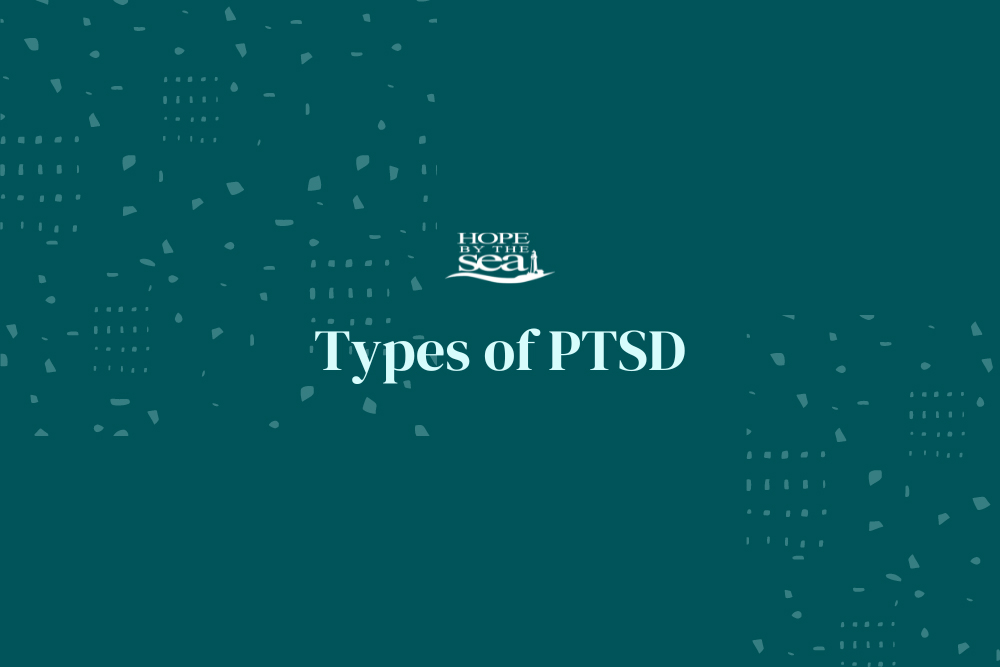While trauma can affect anyone, not everybody processes frightening, upsetting or life-threatening events in the same way. Some people can deal with the aftermath of a traumatic experience and move on, but many others find themselves caught in a cycle of fear, avoidance and intrusive memories. Symptoms like these are characteristics of post-traumatic stress disorder.
What Causes PTSD?
Humans evolved an instinctive fight-or-flight response for dealing with perceived threats. Your body’s normal stress response prepares you to either confront the danger head-on or quickly escape from the situation. A flood of the hormone adrenaline causes an elevated heart rate, muscle tension and sweating, but after the threat passes, your stress hormones should return to baseline levels.
Due to the brain changes caused by PTSD, trauma survivors continue to produce excessive fight-or-flight hormones, even in familiar and comfortable surroundings. Researchers believe that’s why many people with post-traumatic stress disorder have trouble relaxing and can startle at the slightest trigger.
We don’t know for sure why some people develop post-traumatic stress disorder and others do not. As with other mental illnesses like depression and anxiety, there could be a genetic component. There’s also evidence suggesting PTSD could be a survival mechanism that prepares people to face worst-case scenarios.
Understanding Post-Traumatic Stress Disorder
Mental health professionals have categorized PTSD into different subtypes based on symptom severity.
1. Dissociative PTSD
Dissociation is a break from how your mind usually processes information. When you dissociate, you can feel disconnected from the world around you, have periods of forgetfulness or lose your sense of identity. Dissociative PTSD causes extreme emotional detachment and amnesia.
2. Comorbid PTSD
When you simultaneously have two or more overlapping mental or behavioral health disorders, doctors call it a comorbidity or dual diagnosis. Many people with PTSD also grapple with a related illness such as anxiety, depression or substance use disorder. If you have a dual diagnosis, it’s essential to find a treatment plan that addresses all facets of your mental health at once.
3. Complex PTSD
You can develop C-PTSD if you experience ongoing trauma, as opposed to a single, isolated incident. For example, adults who grew up in abusive households often grapple with C-PTSD and have trouble relating to others as a result. Besides typical psychological symptoms like flashbacks and hyperarousal, complex PTSD can also affect your physical health by causing problems such as fatigue and chronic pain. Successfully treating C-PTSD may take longer and require advanced therapeutic approaches.
Healing From PTSD
Untreated PTSD can have severe physical and mental health problems that affect every facet of your life. For example, when you are always on edge, you could experience frequent headaches, muscle tension, high blood pressure and digestive issues. You might also be more vulnerable to developing anxiety, depression or a substance use disorder.
Fortunately, your brain is resilient enough to heal from PTSD with time, patience and a personalized treatment regimen. To learn more about dual-diagnosis recovery at our family-owned California rehab center, request help today. We’re here 24/7 to take your confidential call.

